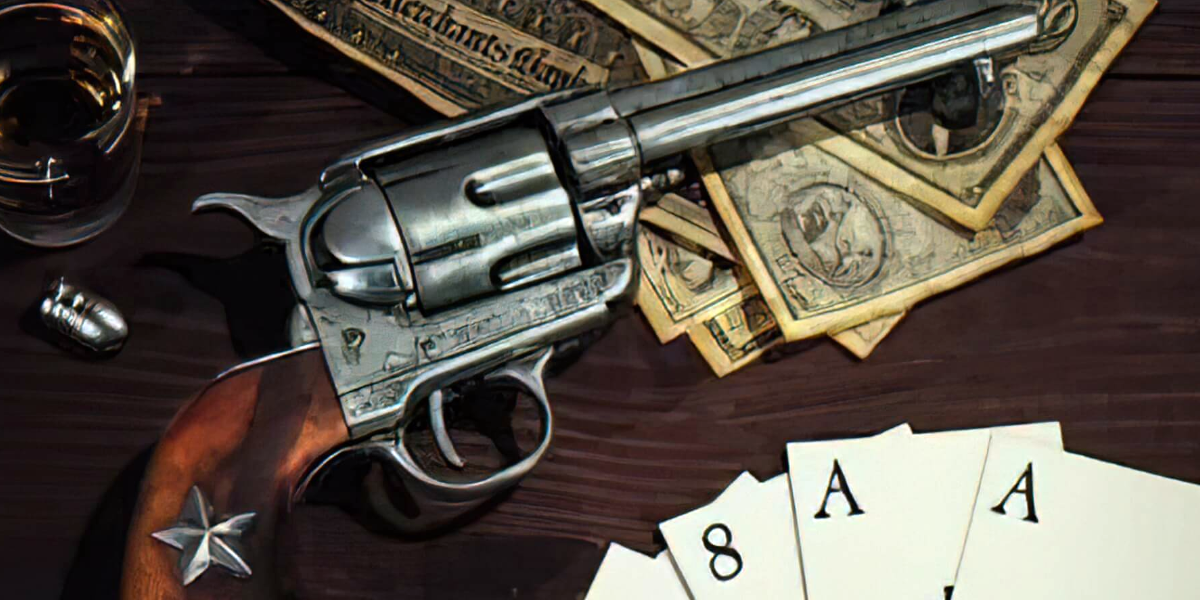Sheriff’s murder linked to hanging in Springfield
What are the odds the murder of a traditional old west sheriff in Dawson County, Montana, could lead to a subsequent murder and hanging in Livingston Parish, Louisiana, two years later?
On March 21, 1899, a Glendive, Montana jury convicted Joseph C. Hurst of murdering Dawson County Sheriff Dominick Cavanaugh. However, according to all newspaper accounts, the evidence against Hurst was circumstantial.
A passerby found the dead body of the sheriff lying in an alley near the jail on a cold morning, December 24, 1898. Someone killed him by beating his skull with a blunt instrument, possibly an iron bolt or railroad spike.
The doctors who had examined the body found the skull fractured in 35 places. The papers described the murder as one of the incredible sensations of the day, a heinous crime with no physical clues.
Offers of reward failed to find evidence identifying the killer. However, Pinkerton detectives from New York worked the case and felt Joseph Hurst was the murderer. Their proclamation led to the man’s subsequent arrest and conviction.
The Helena Herald wrote: “The claim was made, and the theory appears to prevail in Glendive that Hurst committed the deed in a spirit of revenge at Cavanaugh for beating him at the polls in the race for sheriff of Dawson County in November 1898.”
The most damaging testimony against Hurst came from a local man, Frank Gilmore. He swore that on the evening of the murder, about eight o’clock, he was unloading some wood and saw Cavanaugh pass on foot patrol. He said he saw Hurst walking thirty feet behind the sheriff carrying something wrapped in a brown paper package.
It was a clear moonlight night, and Gilmore says he saw both men distinctly. He was positive in his identification of Hurst. He recognized him from the fact that the latter stood larger than Cavanaugh.
Gilmore’s testimony ultimately hung the condemned man. However, Gilmore told several different stories before he recited the last one. He told the court his earlier testimony differed due to his friendship with Hurst. He wanted to shield him from prosecution, he said.
The Pinkerton detectives introduced evidence of threats Hurst made against Cavanaugh after the election, including a woman who testified to having heard Hurst say, “Damn if he’ll get it,” meaning that Cavanaugh would not be elected. “If the s— of a b— does [win], he’ll never see the new year.”
Hurst’s counsel dissected Gilmore’s testimony and questioned all the evidence against the man. However, the woman’s testimony, compounded by what happened to Cavanaugh shortly after the election, supported Gilmore’s story.
Ultimately, Joseph Hurst appealed to the supreme court, citing prejudice, since the victim’s brother-in-law served on the jury that convicted Hurst. However, the court refused to hear his case.
“We have given our attention carefully to the evidence,” the court said, “and cannot say that the evidence did not justify the result reached by the jury or that there is a reasonable doubt of the defendant’s guilt.”
One thousand Hurst supporters petitioned the Montana governor to pardon Hurst, and his wife stood outside the capitol, begging him to spare her husband’s life, but the governor refused.
The state hung Joseph Hurst on March 30, 1900, in his hometown of Helena, Montana.
Pinkerton detectives split five thousand dollars in reward money with their witness, Frank Gilmore, and Gilmore, fearing for his life, fled Montana to live with relatives in South Louisiana.
On June 28, 1900, The New Orleans Picayune reported:
“Mrs. Josephine Coates, the mother of Mrs. Sallie Otis of this city, was criminally assaulted and murdered yesterday in her residence in an isolated neighborhood on the Tickfaw River, near Springfield in Livingston Parish. She was 60 years of age and reputed to have considerable money about her place.”
“Neighbors saw a white man from Montana on her property and accused him of the crime. Frank Gilmore, who lived two miles downriver, said Mrs. Coates offered him a job plowing a field. A lynch mob of nearly thirty men strung him to a beech tree limb. The branch broke, and the mob riddled his body with bullets before he could rise from the ground. Before they dispersed, the mob dug a hole under the beech tree and tumbled Gilmore’s lifeless body into it.”
Is this a story about karma or something more sinister?
You decide.

